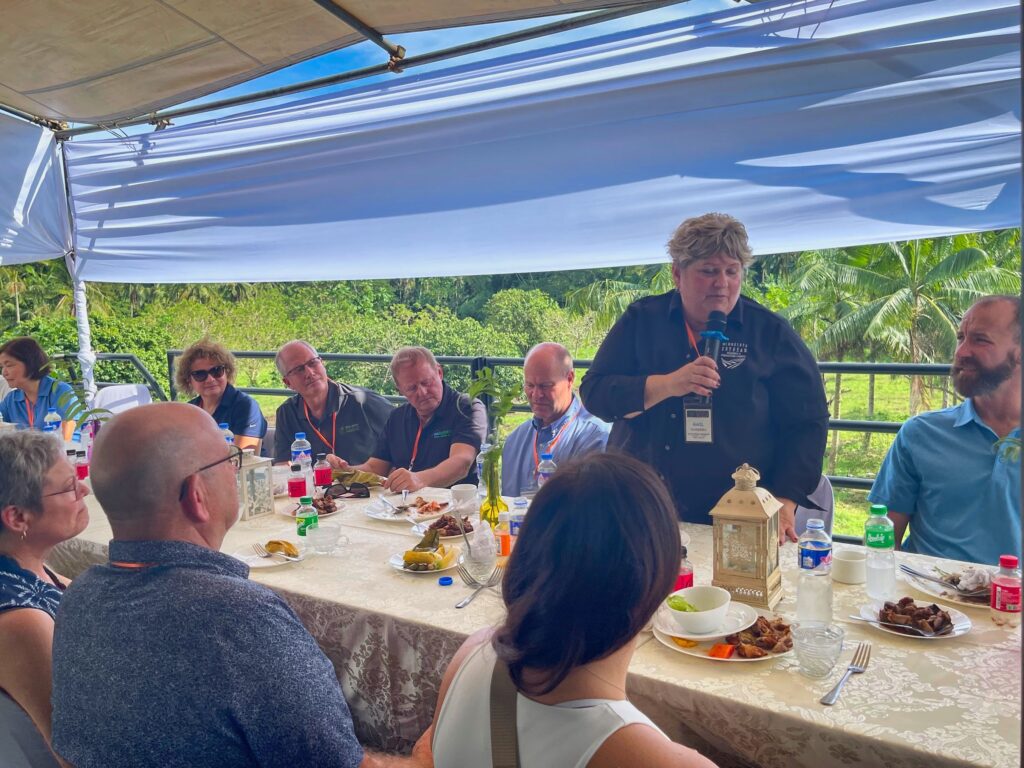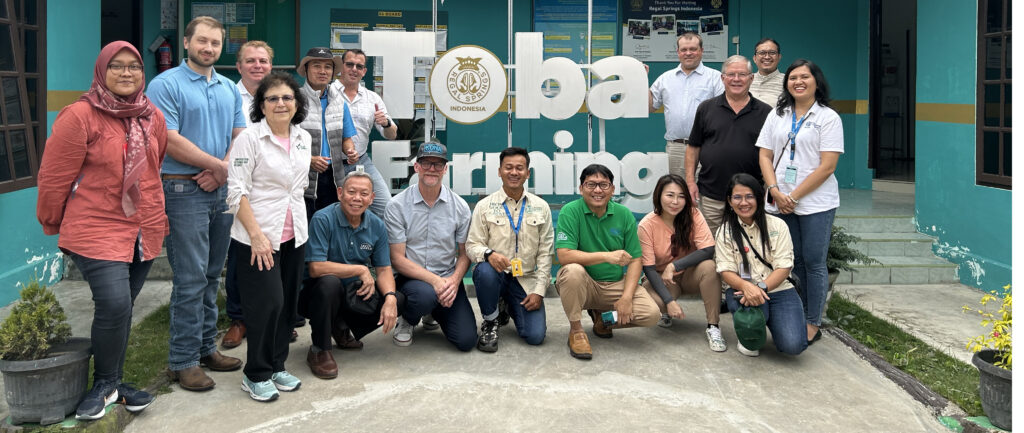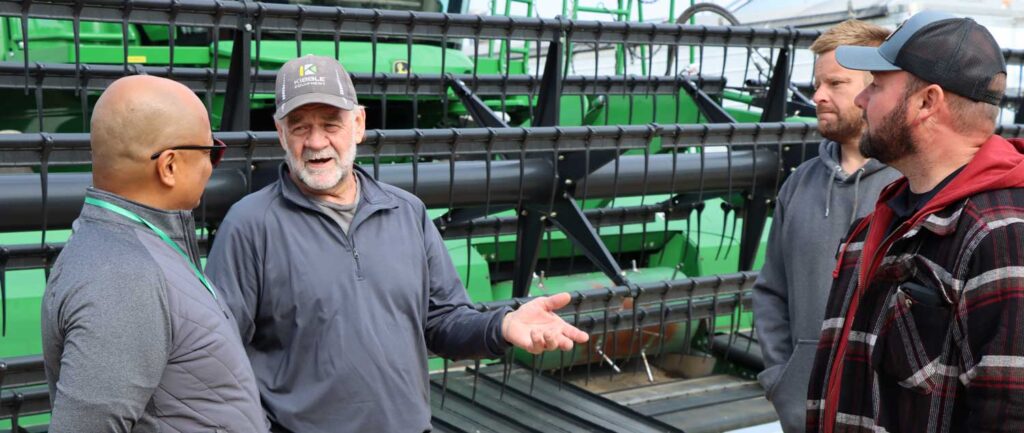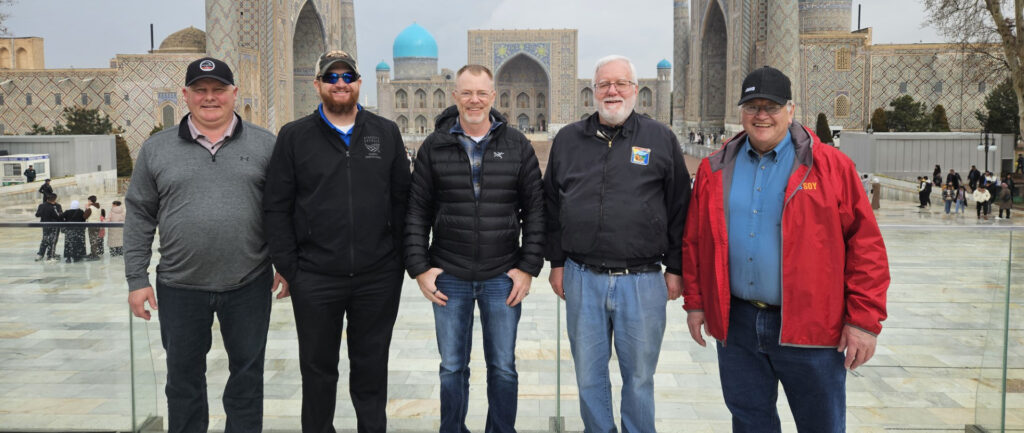It’s always good to get to know your customers. What they like, what they dislike, and how to improve goods and services. However, it’s not often you get to travel halfway around the world to do so. Minnesota Soybean Research & Promotion Council Vice Chair Gail Donkers of Faribault had the opportunity to do just that as part of a trade group that traveled to both South Korea and the Philippines in late November and early December 2023. The trade mission featured nine soybean farmers from the Upper Midwest and was hosted by the Soybean Research Development Council (SRDC) as a way to promote the export of soybeans and soybean meal out of Grays Harbor in the Pacific Northwest (PNW).
In the first leg of the trip, the group met with South Korean soybean consumers to learn about their buying preferences.
“There’s a lot of interest in South Korea for High Oleic soybeans, but unfortunately we don’t sell a lot to them because they are very price sensitive,” said Donkers. “They also claim to value sustainability while getting most of their soybeans from South America. Our pitch to them is while our product may cost more, we can offer the best quality soybean on the market.”
While in South Korea, the group learned about some of the common farming practices and learned about how the growing economy is changing their diet and food interests.
Then it was off to the Philippines, where the focus of the trip switched from growing new customers to showing appreciation to the existing ones. The Philippines is currently the top importer of American soybeans from the PNW. A tradition of this annual expedition is a unique theme party with Philippine buyers where they visited, exchange gifts and gave thanks for their loyalty.

“They want to know who they are buying from,” Donkers said. “They want to see pictures of our multigenerational farms and ask questions about our tractors. That’s really important to them.”
But the one-on-one meetings are also an opportunity for the farmer-participants to get to know the people who buy the product that they put their heart and soul into growing.
“Most of the time the last interaction we have with our soybeans is at the elevator. I like to know where it’s headed after that, how it’s processed, and what the end user does with,” Donkers said. “What I found out during this trip is that buyers in the Philippines are not much different from us. They’re big on family and they’re working hard to make a living just like we are.”
This is the first time Gail had participated in this specific trade mission, which has been in existence for more than 20 years. After experiencing it firsthand, she further sees the value in getting to know and showing appreciation to customers.
“It was neat to see the relationships that some of the folks who had been on this trip before had built up with the buyers. It was like old friends getting together, which comes in handy when you’re trying to sell your product to them,” she said. “They trust you and the product that you’re selling them.”







